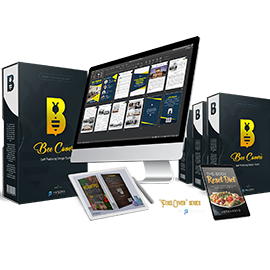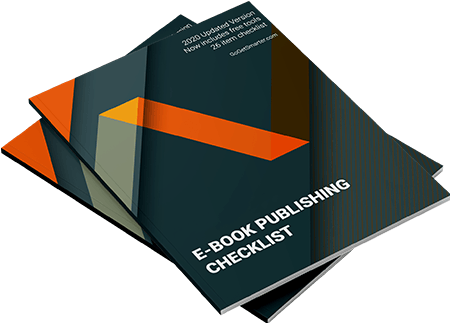When writing a children’s book, it is good to have children around because they inspire you as a writer with their thoughts, fantasies and comments.
Maybe you’ve always dreamed of writing a children’s book. Many think it is easier to write children’s books than adult books, but many writers have been good at writing books for adults but have not been able to write children’s books. How to write a children’s book and what are aspects of it to consider?
Try to think from the children’s perspective because they do not always see the reality as it is. This way you can better understand what children like, think about and want to learn more about. A child lives in the present and rarely thinks of tomorrow. For children, many situations and experiences are new, which makes them eager and curious. A children’s story fulfills many functions; it can entertain the children, challenge, enlighten or answer questions.
It is important to decide in advance what age group you are writing for: image heavy 0–3 years, 3–6 years and chapter books: 6–9 years, 9–12 years, 12–15 years and so on. In picture books, images express at least as much information (or more) as the text. If you get help from an illustrator, it is vital to agree on what is to be conveyed through text and image.
As for the text, you, as a children’s book author, need to adapt your style and language level to the child reader. Subjects should also be adapted and viewed from the child’s point of view. One needs to take into account the child’s life experience, knowledge, and emotional maturity. The subject matter, language and storytelling must be linked. How scary, childish, cute or adult can you write for the age you are targeting?

Children lack the experience and associations that adults have accumulated throughout life, so be sure to explain easily and with pictures. The story should be told in straight chronology. Picture books are for the youngest and the older the children become, the more text it is in the books.
The younger the children, the fewer characters will be included in a story. A common beginner’s mistake is to have far too many people or to stack events on each other.
Read and learn from the already established writers within the age group you want to write. Analyze how they have built up their story and how the characters are embodied. Don’t forget the drama. Even the simplest children’s story follows a dramaturgical curve. Study the language carefully, how long the chapters are and what the books are about. This helps you put words into ideas when planning your children’s book writing. Above all, we advise you to read many children’s books, both classic and fairy tales, fiction and information books. The choice of children’s literature to read depends on the action in your particular children’s book.
Have fun writing and unleashing your imagination and creativity! Talk and socialize with children to familiarize yourself with how they think, study them as they play, or interview them about any topic they like. Talk to the child within you and try to remember what you thought about reading when you were a child. Creativity is major asset when it comes to writing children’s books.
Best, Melissa.

















